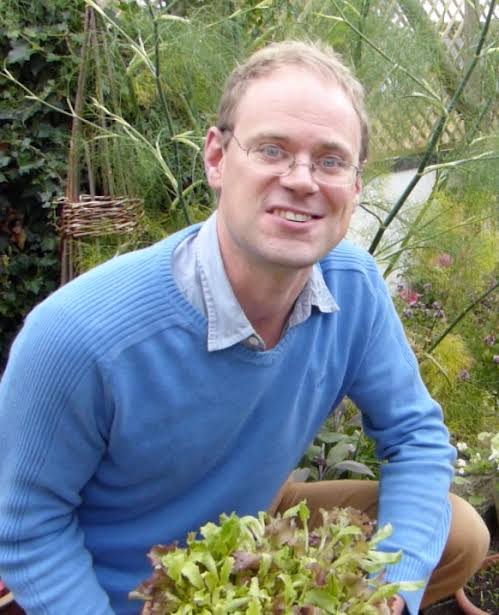When you’re cutting back the yard and garden, make use of all that extra organic matter! Try “in situ composting” or “in-garden composting.”
In-situ composting means that you are composting directly where you’re going to grow. It is simple and it’s a great way to deal with a glut of compostable material. Worms and microbes in the soil will do a fantastic job of turning all that organic matter into crumbly, nutrient-rich compost, right where you want to use it.
In this short video we demonstrate three easy ways to compost directly on and in your garden beds to help you improve your soil and prepare the soil for bumper crops next year!
If you love growing your own food, why not take a look at our online Garden Planner here: https://gardenplanner.almanac.com
ADVERTISEMENT
I do this and the results have been amazing but I wonder about a couple of things? Could you use peat moss in place of grass and leaves. Also is it better to trench in the same area as a crop like tomatoes and then using the cut up tomato plants as the compost. I also have never done the holes that you fill and plant over. Will try next year for sure!!
Congrats! We’ll answer one of those questions. Peat moss is a “carbon” source. Grass is a “nitrogen” source. You can add peat moss to a compost pile but it’s not a substitute for grass. Rather, it’s a substitute if you don’t have enough carbon-rich materials (woody and brown materials) for a carbon-to-nitrogen balance. Compost piles require a carbon-to-nitrogen ratio of around 30 parts carbon: 1 part nitrogen.
Also, peat moss is handy to absorb odors if the pile begins to smell; a smelly compost pile usually means there is too much nitrogen in the mix. Add a couple inches of peat moss after you turn the compost pile to absorb odors.
Is in situ composting also advisable for raised beds?
I suppose you could compost right on top of a raised bed or in a raised bed, if that’s what you mean. It’s possible that kitchen scraps could attract vermin near your veggie beds, but I suppose if you bury them well, it might not be a problem.
I also love to do gardening thats why I read this blog and I found it very interesting, keep sharing more.
Hi, love the idea of doing this instead of a separate pile. Can i also add my used coffee grounds and filter or paper to this style of composting? thank you!
yes
Yes, coffee grounds and filters are a great addition to this compost style!
I found that my coffee filters did not break down in my compost,over last year.but i do add the grounds.
yes yes yes to coffee grinds I've been adding for years and also sliced up newspaper (not the slippery or coated). This will breakdown and adds bulk. I even add small pieces of leftover meats and cheeses to mine, as long as there are no threats of animals digging in.









